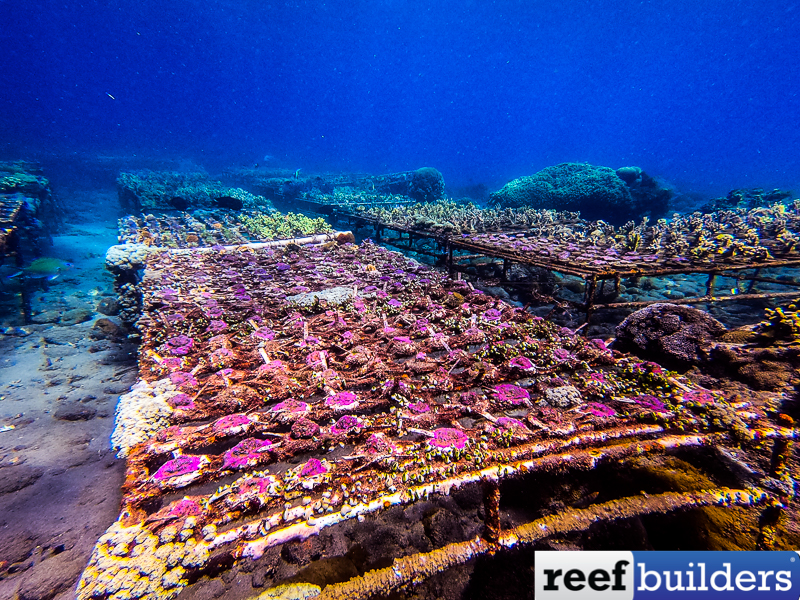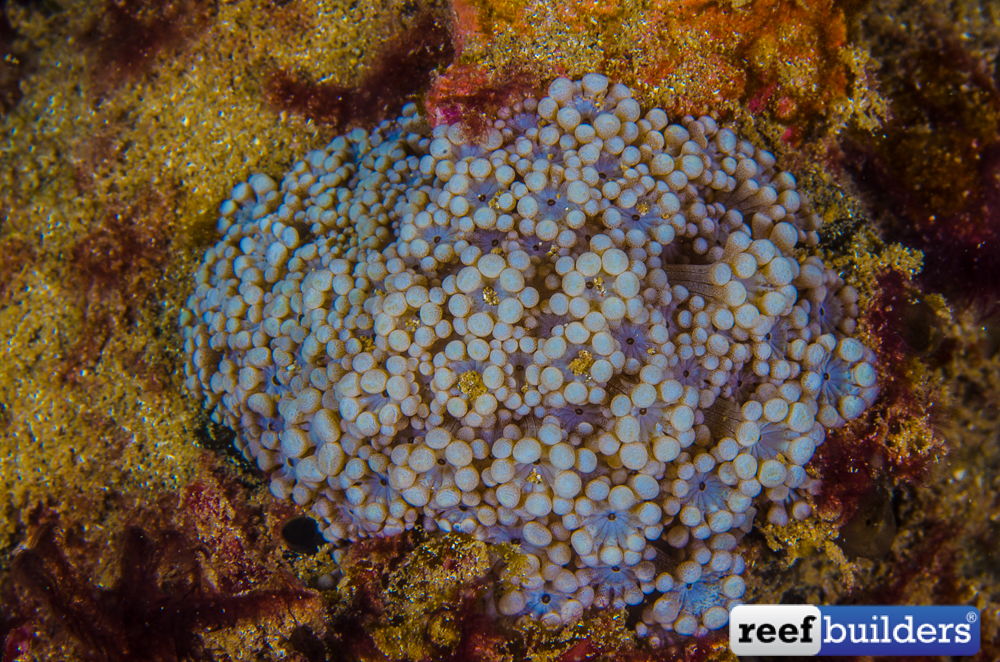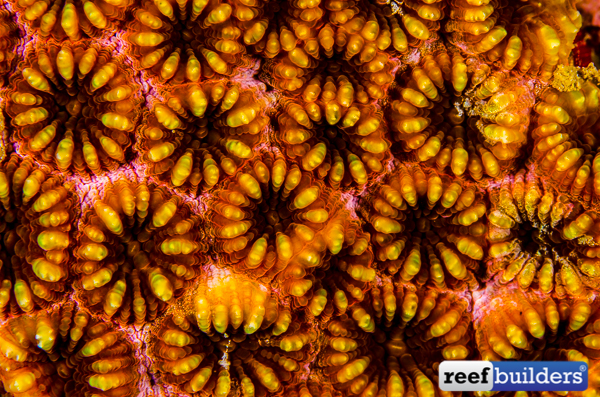A guide named “Identification of CITES-listed live stony corals in the aquarium trade” has been formally launched at the CITES CoP 19 meeting in Panama. The guide is the product of a research project led by the Centre for Environment, Fisheries, and Aquaculture Science (Cefas) which worked with The Indonesian Coral Reef Foundation (TERANGI) and The Indonesian Nature Foundation (Yayasan Alam Indonesia Lestari – LINI.) It was presented to CITES by Defra, and supported by the Ornamental Aquatic Trade Association.

Indonesia is the world’s largest exporter of live coral which is why Cefas chose to work with these two partners on the guide, OATA announced today. Stony corals are one of the most traded CITES-listed marine animals globally, and in the UK more than 75% of direct CITES imports were in live coral.
The original idea for the guide grew from a discussion between Cefas, the Joint Nature Conservation Committee (JNCC), and OATA about the need for a visual resource to differentiate stony corals originating from a wild-collected or mariculture source. Development of the guide was made possible with funding from the Department for Environment, Food and Rural Affairs (Defra).
The resulting 147-page full-color guide is aimed at helping custom officials when they inspect CITES corals consignments. It includes detailed images and descriptions of 55 stony coral genera.

“Several years ago, OATA created a very simple document on the differences between wild and maricultured corals for the EU to use, but we knew that a much more in-depth guide was needed to help Border inspectors,” said OATA CEO Dominic Whitmee. “We were therefore very pleased that Cefas and JNCC took up the challenge and they have produced a very comprehensive and impressive piece of work – it certainly far surpasses our previous document.”
Dr. Joanna Murray from Cefas said: “The production of this guide was a huge team effort between the project partners and a long list of collaborators, including industry and inspecting staff in both the UK and Indonesia. We wanted to develop an identification resource for live stony corals that was easy and quick to use by non-specialists at the border and ensure that it was designed specifically for corals in trade which often look different from those in the wild. We have had a fantastic reception to the launch of the guide and will be providing physical copies to requesting countries whose staff are required to inspect corals in trade.”



